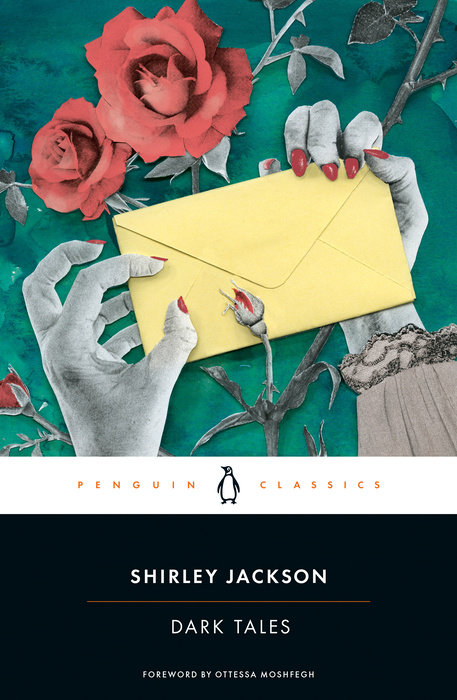(Theatre/YouTube) Another theatre production, but this one is far more accessible, as there’s an original cast album and a number of clips and performances available on YouTube. As you might surmise from the title, it’s a rock opera with a different take on the legend of Lizzie Borden, authored by Steven Cheslik-deMeyer, Tim Maner, and Alan Stevens Hewitt. The official website describes it as so:
“LIZZIE is four women fronting a six-piece rock band.
“LIZZIE is Rage! Sex! Betrayal! BLOODY MURDER!
“LIZZIE is American mythology set to a blistering rock score with a sound owing less to Sondheim and Andrew Lloyd Webber than to BIKINI KILL, the RUNAWAYS, and HEART.”
So, yeah, that ticks all of my boxes, and hopefully yours too.
The production I saw was executed by Chicago’s Firebrand Theatre who are an “equity musical theatre company committed to employing and empowering women on and off the stage” and it was a goddamn blast. I can’t wait to see another of their offerings, but definitely jump at the chance to catch any production of it, if it hits your area.
HOUSE OF BORDEN (one of my favorite renditions of my favorite number, but I’m not sure why they had one of them play two parts):
What may be my new favorite YouTube theatre trailer, for what looks to have been a brilliant Canadian production (although it does untether the actors from their mics, which is not in line with prior productions):
Lastly, every time I rediscover this musical, I can’t help but endlessly re-listen to it.





